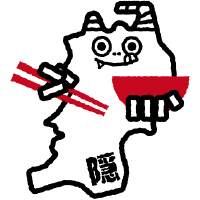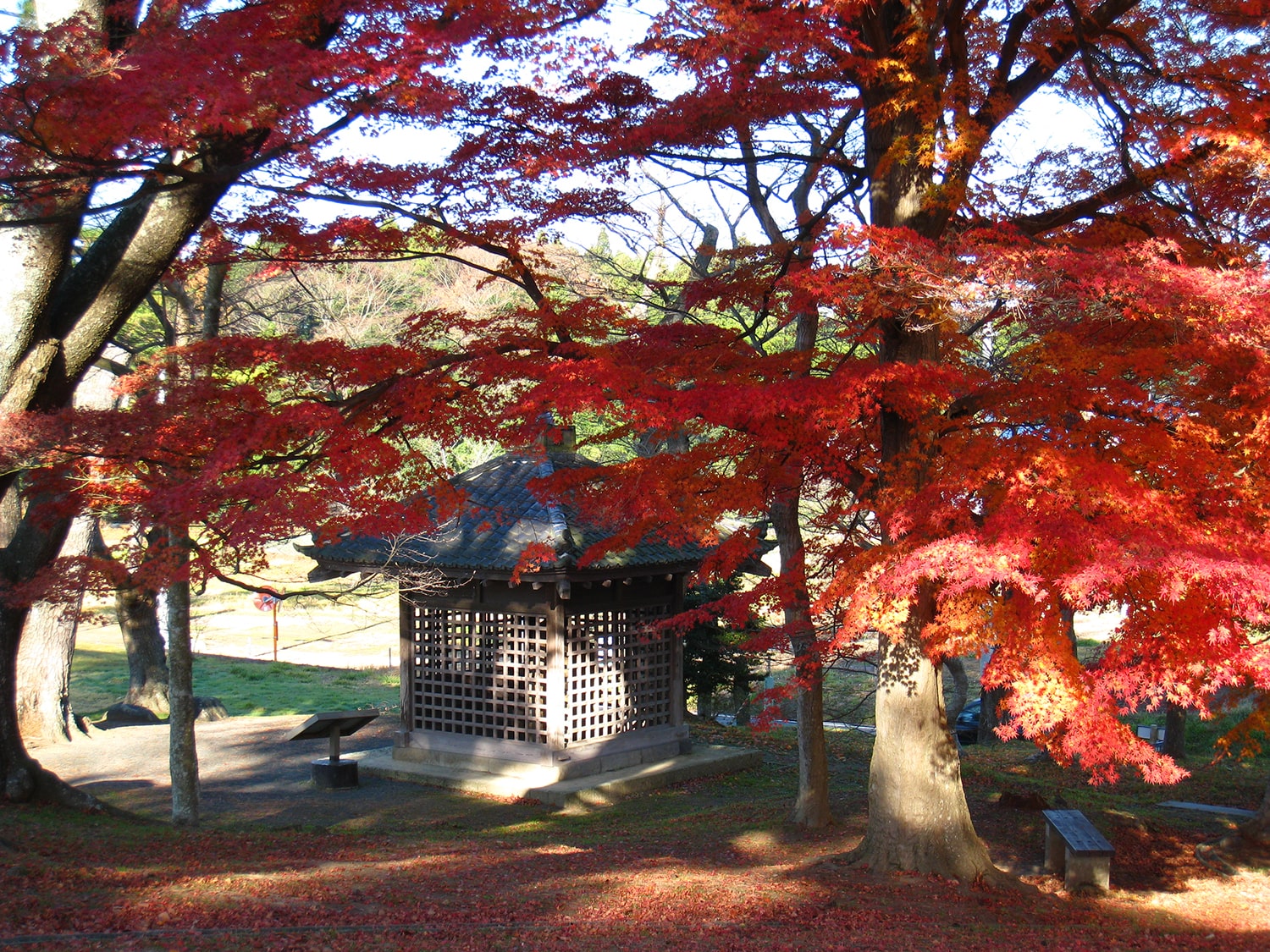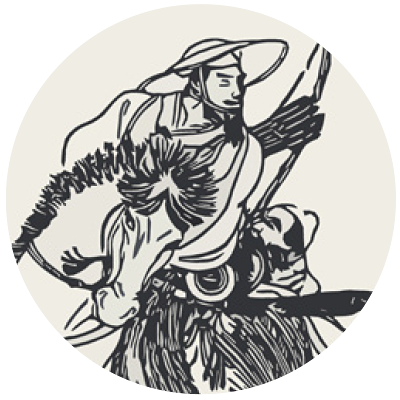
Basho’s Journey
OVERVIEW
Protected by sakura trees stands a small, quiet hut; within that hut is a stone monument that was erected some 1300 years ago. Written up on the stone, which stands 196 cm tall and 92 cm wide, is the history of Tagajo’s founding and repairs. During the Edo period, the famous haiku poet Matsuo Basho visited this place; in his “The Narrow Road to the Deep North,” he wrote about how moving it was to be there. After years of weathering due to wind and rain, the characters engraved in the stone have faded, but when you look at this monument in the same way that people from more than a millennium ago did, you will get a extraordinary feeling in your heart.
TIPS
This spot is famous for its sakura blossoms. It also has a wide clearing that is perfect for picnicking.
DETAIL
ADDRESS Tayaba, Ichikawa, Tagajo
PHONE 022-364-5901
PARKING Please use the nearby free parking lot.
PERIOD Year-round


Reccommend
Local Tours
Using local guides, we provide many tours that let you discover and experience
the wonders of Japan lying hidden in the “everyday” of the nearby area.

TAGAJYO city
Along with the Heijo Palace Remains in Nara Prefecture and the Dazaifu Remains in Fukuoka Prefecture, the Tagajo Remains comprise one of the Three Great Historic Remains of Japan. Many ruins, shrines, and temples in addition to the Tagajo Monument, which is one of Japan’s three ancient monuments, and a monument that Matsuo Basho is said to have visited in The Narrow Road to the Deep North remain here. Why not take a tour around the Tohoku region’s ancient political capital and experience the romance of history?

Key Person

All eyes are on a new gourmet food brand that is tied into the history of Tagajo!
General Incorporated Association Chiganoura Kaze Community/Noriaki Tsugawa
Founded in the Nara period, Tagajo is a historic town that developed as the capital of Mutsu Province. Here, you can engage with history that comes right from the textbooks in places such as the Tohoku History Museum, with exhibits that cover the Tohoku region from the Paleolithic period to the modern day, and the special historic sites of the Taga Castle Ruins, the Tagajo Temple Ruins, and the Tatemae Ruins. Also, volunteer guides lead a tour around the poetry monuments to tanka and haiku writers such as Matsuo Basho and the monument around the Teizan Canal, which Date Masamune left. I am in charge of promoting the Shiro no Murasaki brand, a new gourmet food brand from Tagajo that makes products by using ancient varieties of rice. The brand’s products are available in stores across the city, so come and taste this quality produce that is intertwined with the history of the area.
Specialty Products
The main crop in Tagajo is rice, but the cultivation of vegetables, flowers, and fruits is also extensive. Tagajo produces a wide range of specialty produce—including ancient rice (black rice), which is a variety that is close to the original rice species; Chojuro nashi pears; and tropical orchids. In particular, the Shiro no Murasaki brand, which produces items with ancient rice, has created a variety of products—including rice, sake, and confectioneries.
Natural Environment
Tagajo offers many spots where you can get in touch with nature as well as Jomon-era archeological sites and cultural assets. Enjoy a walk through nature as you experience Tagajo’s history and culture. Kasenuma pond features cherry blossoms in spring and colored autumn leaves in the fall, while, from late June to early July, the Tagajo Castle Ruins’ Ayame Park has a riotous display of irises, with three million flowers of 650 varieties in bloom.
Historical Person
Area Access

From Sendai Station
20min
【TRAIN】 From Sendai Station approx. 20 minutes to Tagajo Station on the JR Senseki Line

From Sendai Airport
60min
【TRAIN】 From Sendai Airport approx. 60 minutes total to Sendai Station on the Sendai Airport Access Line and then on to Tagajo Station on the JR Senseki Line




















